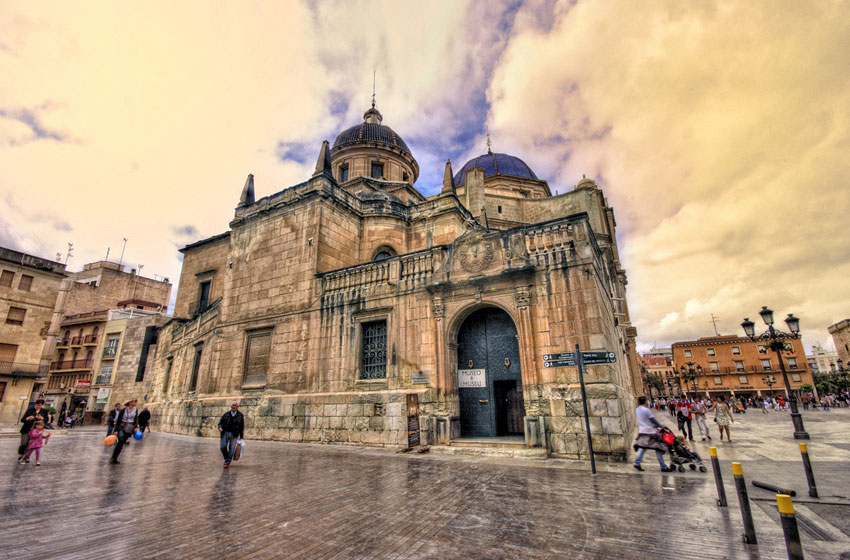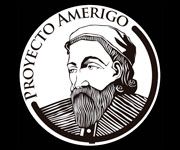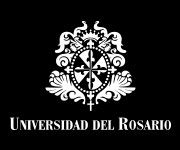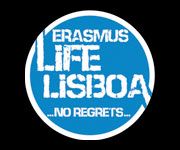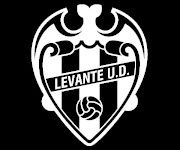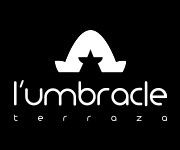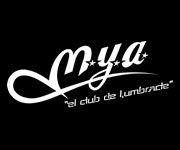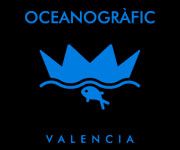The Island of Tarbarca and Elche
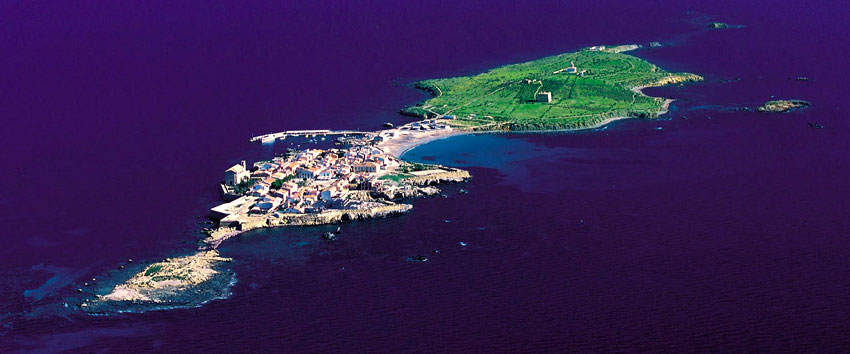
We are going to visit the Mediterranenan island of Tarbarca - formerly a hub for pirates and just of the coast from Alicante. After we will visit the historical city of Elche - with the largest palm grove in Euorpe.
We will go as far as we can on land by bus and then by a catamaran boat to the island which will take around 30-40 minutes.
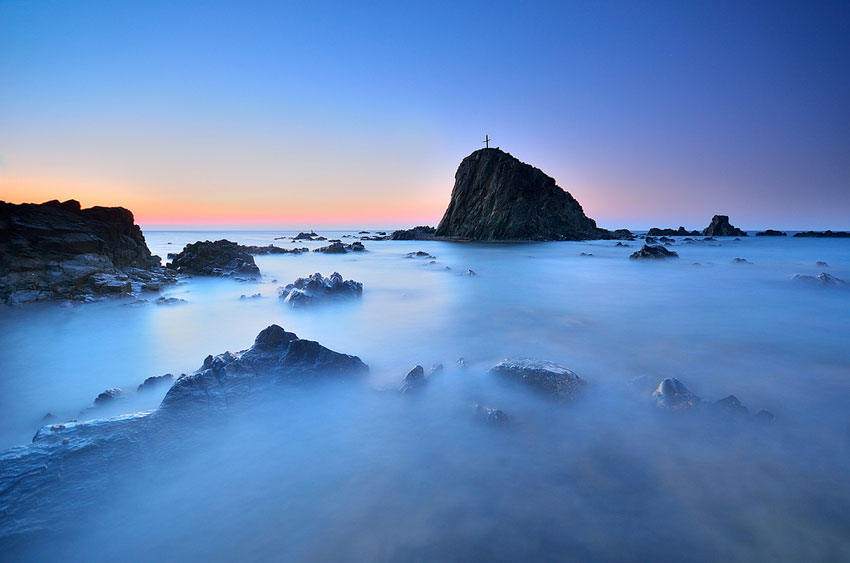
Tarbarca is the only inhabitated island in the Valencia area and can be see from the city of Alicante, situated just in front of it.
It's waters are a Mediterranean Marine Reserve thanks to the quality and biodiversity of the sea in the surrounding area. The coast
Tabarca es la única isla habitada de la Comunidad Valenciana y se encuentra frente a la ciudad de Alicante. It's shores used to be home to Barbary pirates from North Africa.

We are going to visit the Mediterranenan island of Tarbarca - formerly a hub for pirates and just of the coast from Alicante. After we will visit the historical city of Elche - with the largest palm grove in Euorpe.
We will go as far as we can on land by bus and then by a catamaran boat to the island which will take around 30-40 minutes.

Tarbarca is the only inhabitated island in the Valencia area and can be see from the city of Alicante, situated just in front of it.
It's waters are a Mediterranean Marine Reserve thanks to the quality and biodiversity of the sea in the surrounding area. The coast
Tabarca es la única isla habitada de la Comunidad Valenciana y se encuentra frente a la ciudad de Alicante. It's shores used to be home to Barbary pirates from North Africa.
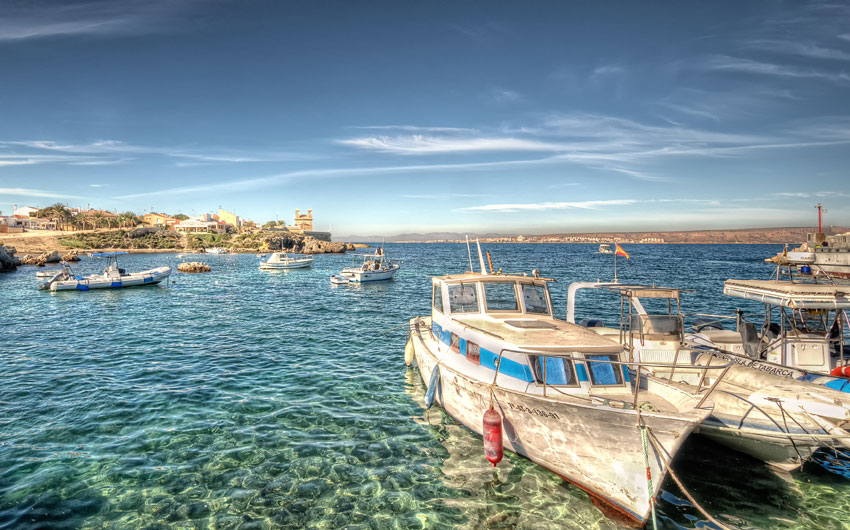
In the 18th Century, Carlos III ordered the island to be fortified and created a village there home to many families of Genovian fishermen who were captives in the city of Tarbarca.
The walls surrounding the town have been declared a Historical Site and a Site of Cultural Interest.
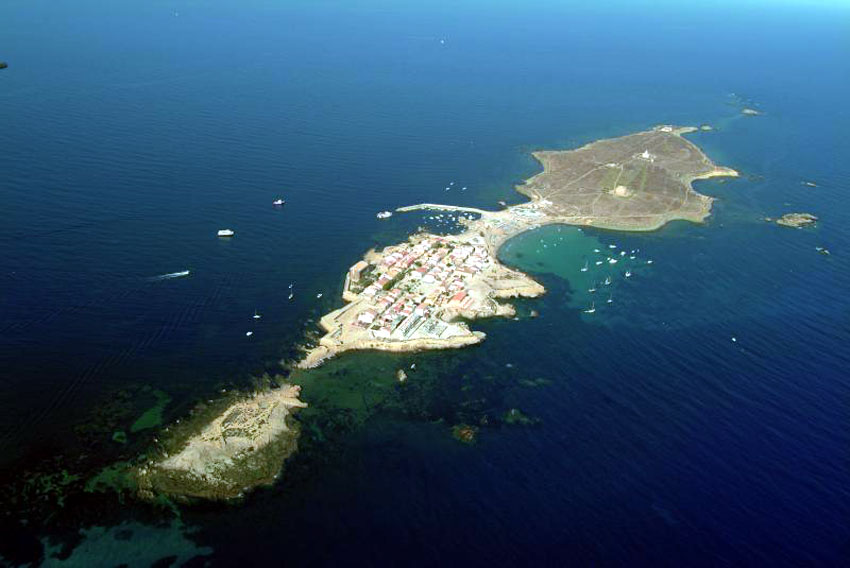
We will spend the morning on the island and on the beach and we will eat lunch here too (we reccomend bringing some lunch). We can even swim in the clear waters!!
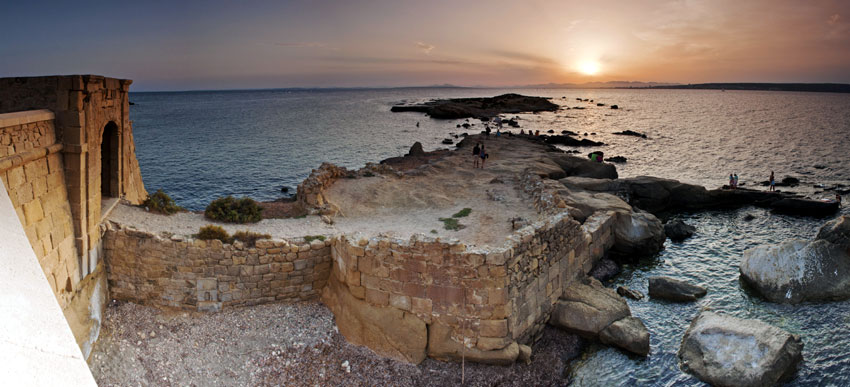
After we've eaten we will go back to the Alicante port by boat and then the bus will take us to Elche. This historical city was founded by the Iberians in the 5th century before Christ and whose 'Palmeral' (palm grove) is the largest in Europe and close to the largest in the world. It was created in the 10th Century and is an UNESCO World Heritage Site. After visiting the city of Elche we will travel back to Valencia.
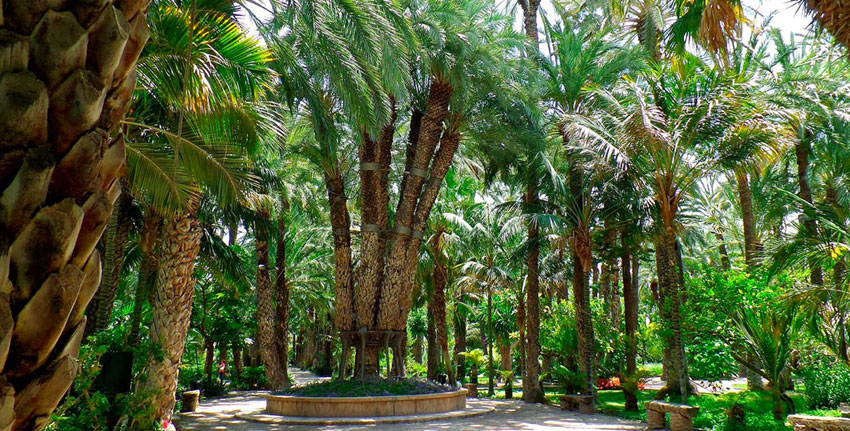
An official Tourism guide from Alicante will accompany us and explain the history of the city.
Elche was founded in the 7th century by the Greeks on the site of an ancient Iberian settlement. The Greeks gave the name 'Helice' to the city. The Romans changes the Greek name to Ilici, which slowly became Elche as we know it today. The city lost it's importance during the Arabs rule in Spain. However the Arabs left the most interesting monument in Elche - a man made palm tree forest which is nowadays an UNESCO site.
In the 13th century Elche was once taken back from the Arabs by King Jaime of Aragon II. In the 19th century the city underwent the industrial revolution and Elche became the centre of the shoe industry in Spain.
.
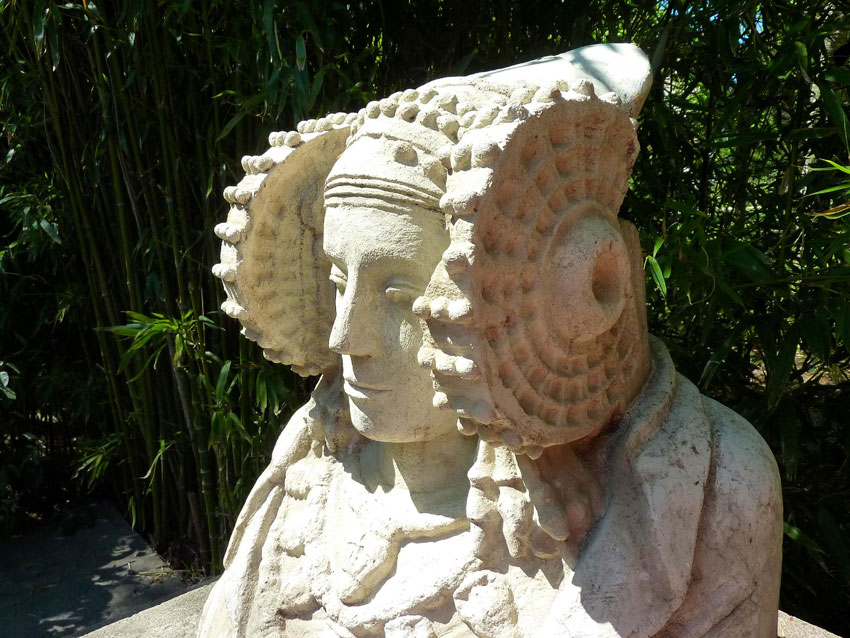
Another point of interest associated with the city is the famous 'Dama de Elche' statue. A monument that was created in one of the suburbs in 1897, it is an interesting stone bust of a woman with a detailled headress and short hair. What's surprising is that it was created in the 4th century. On the back of the statue is a hole which suggests that it might be an unusual funeral urn. The statue was acquired by a French collector where it was exhibited in the Louvre Museum and was a sensation. Later it returned to Spaina and was shown in the Museo del Prado de Madrid. Currently it is in the Museo Arqueológico Nacional, but there is a foundation in Valencia who are fighting for its return to Elche. There is a copy of the sculpture in one of the city squares open to the public. But the original remains one of the most important pieces of Iberian art in the world.
